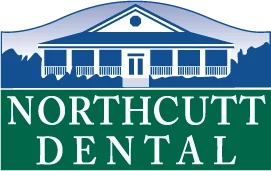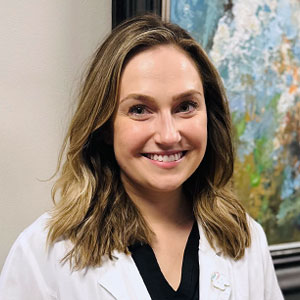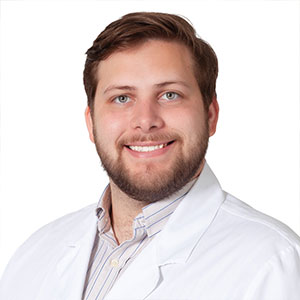
Most dental patients come into the office twice a year for a teeth cleaning. However, some patients are told that they need to get a deep cleaning instead, and that they need to see us more often than twice a year. While a regular teeth cleaning is a routine procedure, it’s important to know that a deep cleaning is very different and is actually a treatment for an oral disease.
If you pay attention when you visit the dentist, you may hear our staff and hygienists referring to your appointment as “a prophy”. This is short for “prophylactic”, which is a word that comes from Greek and means “treatment to prevent a disease”. We call a teeth cleaning prophylactic because the purpose of a cleaning is to prevent disease or dental problems in a patient that has otherwise healthy teeth and gums.
A deep cleaning is often referred to as “soft tissue management” or “periodontal therapy”. That’s because a deep cleaning is actually a treatment for periodontal disease (or gum disease). Your dentist will recommend a deep cleaning if you are showing signs of developing gum disease or if you have already been diagnosed with gum disease.
A deep cleaning is not just an extra-thorough version of a prophy teeth cleaning. Regular teeth cleanings involve removing plaque and debris from the visible part of the teeth and polishing your teeth. A deep cleaning includes going below the gumline to remove disease-causing bacteria and cleaning the tooth roots so it is harder for bad bacteria to grow there.
If left untreated, gum disease eventually leads to tooth loss and other health problems associated with chronic oral disease. So if your dentist or hygienist tells you that you need a deep cleaning, it’s not like they’re offering you the “Deluxe Car Wash” versus the “Basic Car Wash”. What they’re telling you is that we need to create a treatment plan to manage the health of your gums so that we can keep your smile as happy and healthy as possible!
7:30 - 7:30 Weekdays!
7:30 – 4:30 Saturdays



